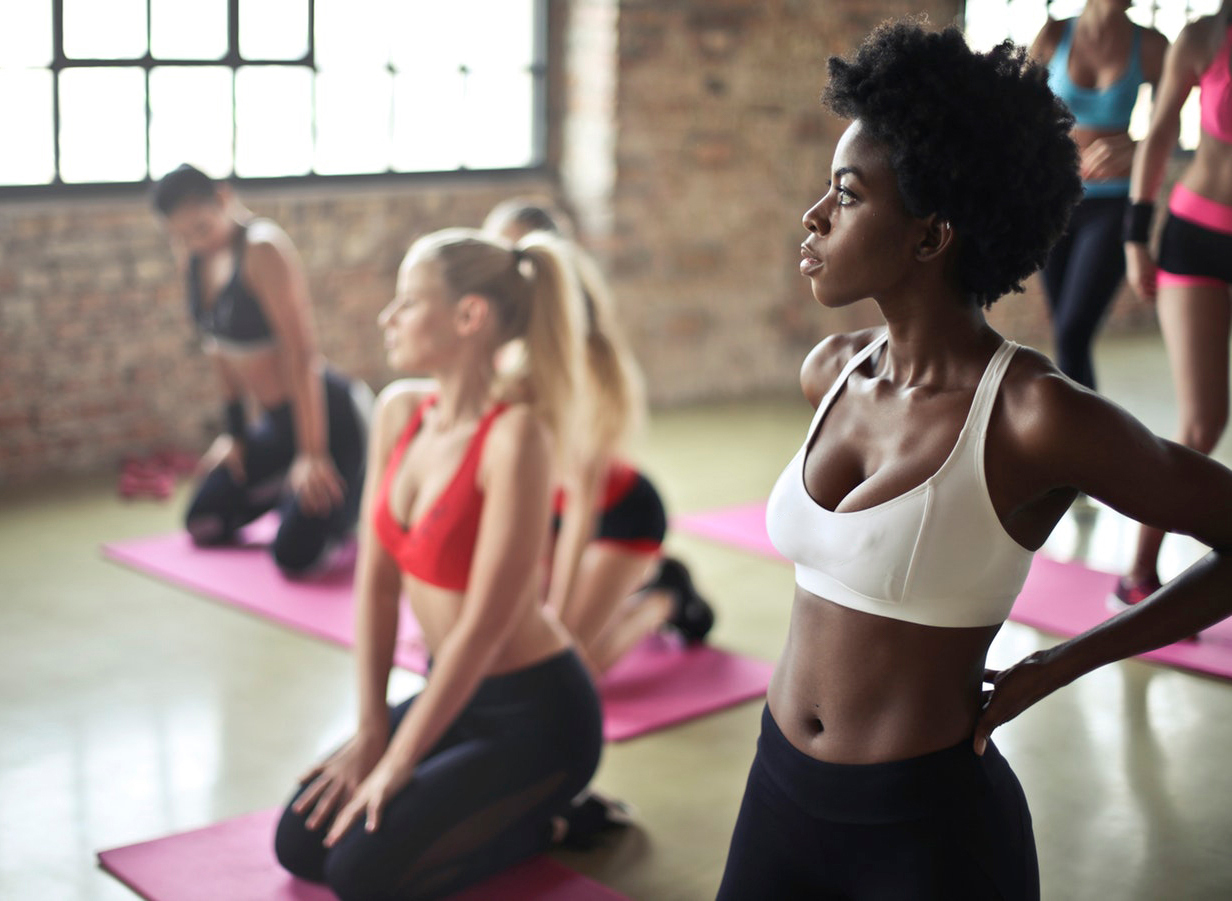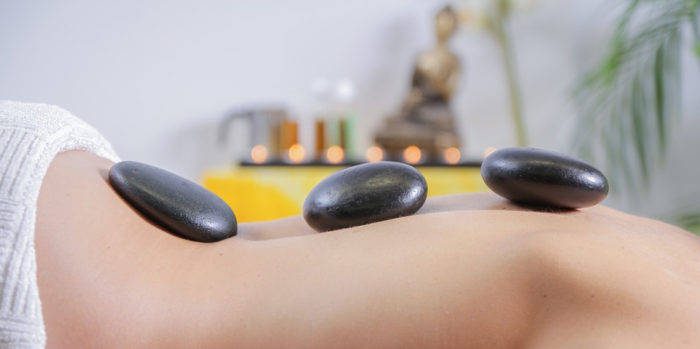Are you the type that shudders at the mere thought of working out? Same. As it turns out, your lack of motivation when it comes to spending quality time at the gym could be genetic. That’s right — your genes may be to blame for your horrible case of the workout blues.

Some people feel pumped during and after a workout. If you don’t recall ever feeling this way, it may be because your brain simply isn’t wired to enjoy exercising. Studies show some people are mentally rewarded after working out due to increased levels of dopamine — a chemical in the brain that’s associated with feelings of pleasure and motivation. Higher levels of dopamine in the brain can help better your mood, sharpen your focus, and give you an energy boost — no wonder some people are addicted to working out! Unfortunately, not everyone reaps these benefits. If you feel sluggish during and after exercising, it could be because variations in your genes are interfering with the release of dopamine in your brain. Great.
Along with hampering your enthusiasm to make it through that 30-day squat challenge everyone on your feed seems to be doing, your genes could also be affecting just how well your body responds to a workout. Due to gene variations, some people may not benefit from a workout regimen the way that others would. For instance, two people doing the exact same cardio workout routine over the same amount of time may have varying results: one person could see drastic physical changes, while the other has no noticeable results at all.
This goes hand-in-hand with the ancient practice of Ayurveda. Ayurveda has long since established the notion that each individual body is unique and thus requires different lifestyle (and diet) routines. Although all three dosha types may benefit from physical exercise, they each respond differently to certain workout routines. Vatas are typically smaller in stature and more fragile, so they do better with slow-paced workouts like yoga; Pittas are intense go-getters and desire more challenging workouts like mountain biking; and Kaphas tend to be sluggish and therefore respond better to aerobic exercises.

Just because you may be genetically predisposed to dislike (okay, hate) exercising, doesn’t mean there aren’t ways you can overcome this aversion. Start with the basics: make sure you eat a balanced diet, stay hydrated, and get adequate amounts of sleep. A nutritious breakfast, ample hydration, and a decent night’s rest can give you much-needed energy for your workout and will help you stay focused. In order to help curb your negative feelings about the actual exercises themselves, here are five ways you can stay motivated and still have a successful workout — even if your genes feel otherwise.
5 Ways to Overcome Your Aversion to Exercise
1. Set Achievable Goals
Feeling frustrated and tired after a workout can make it more difficult for you to want to keep going back to the gym. Regardless of your genetic makeup, setting realistic goals for yourself can help you feel like you’ve accomplished something after a workout. Take the 30-day squat challenge for instance. If you’re looking at it as a whole, it can be quite daunting. After all, just the thought alone of doing 230 squats in one day is enough to make anyone’s muscles ache. But if you set smaller goals that you can accomplish, you’ll be more likely to feel like your workout was a success.
2. Workout with a Group

Whether you decide to take a group fitness class or workout with a small group of friends at the gym, group exercise activities — such as CrossFit, spin cycling, and Zumba — actually have numerous health benefits and can even help you perform better. Studies show working out with others can improve your concentration, better motivate you, and improve how well you perform. To counter your sluggishness, group exercises can spark your competitive streak and allow you to push yourself in ways you wouldn’t normally if you were working out alone. Working out with someone else will ultimately give you much-needed support and will help push you to go that extra mile.
3. Vary Your Workouts
Since not everyone’s body reacts to workouts the same way, it’s best to find exercises that you enjoy and that your body will respond to. Try applying the Ayurvedic principles to your workouts and do exercises that cater to your specific dosha type. Step outside of your comfort zone and don’t be afraid to try something new. Whether you get a personal trainer to help you with your workouts or join a new exercise class, mixing up your routine will help your muscles better develop and will allow you to be more engaged.
4. Go at Your Own Speed
If you do workout in a group, don’t be discouraged if you’re unable to keep up the same pace as others. If you lag behind other joggers or don’t cycle as vigorously at the person beside you, it’s okay! By now, you should have a mental list of what your personal goals are for each exercise, so as long as you are going at a pace to achieve them, you’re on the right track!
5. Reward Yourself

If you don’t get the same mental rewards as others after working out, it can be difficult to find pleasure after you’ve achieved one of your goals. By rewarding yourself after a good workout, you’ll feel more positive about what you’ve accomplished and will be more likely to exercise habitually in the future. A delicious, yet healthy, smoothie (like this nutritious walnut and blackberry smoothie bowl!), a relaxing bubble bath, or a hot stone massage are all terrific ways of rewarding yourself after a great workout so you can feel good about what you’ve accomplished!

How do you find your fitness flow?
Also by Audrey: Meagan Duhamel & 3 Other Vegan Olympians Prove That Plant-Based = Peak Performance
Related: How To Stay Motivated For Fitness When You. Just. Can’t. Even
Bella Hadid’s Nutritionist Warns That Training Too Hard Hinders Weight Loss
Get more like this—Subscribe to our daily inspirational newsletter for exclusive content!
__




